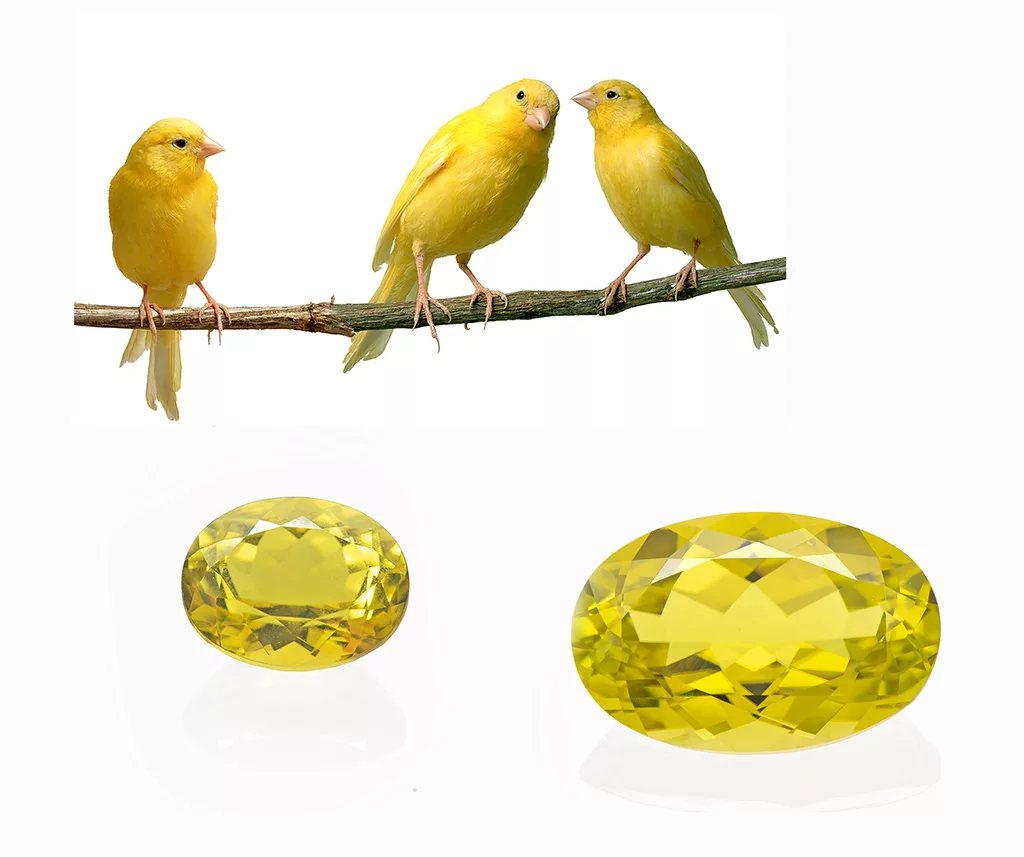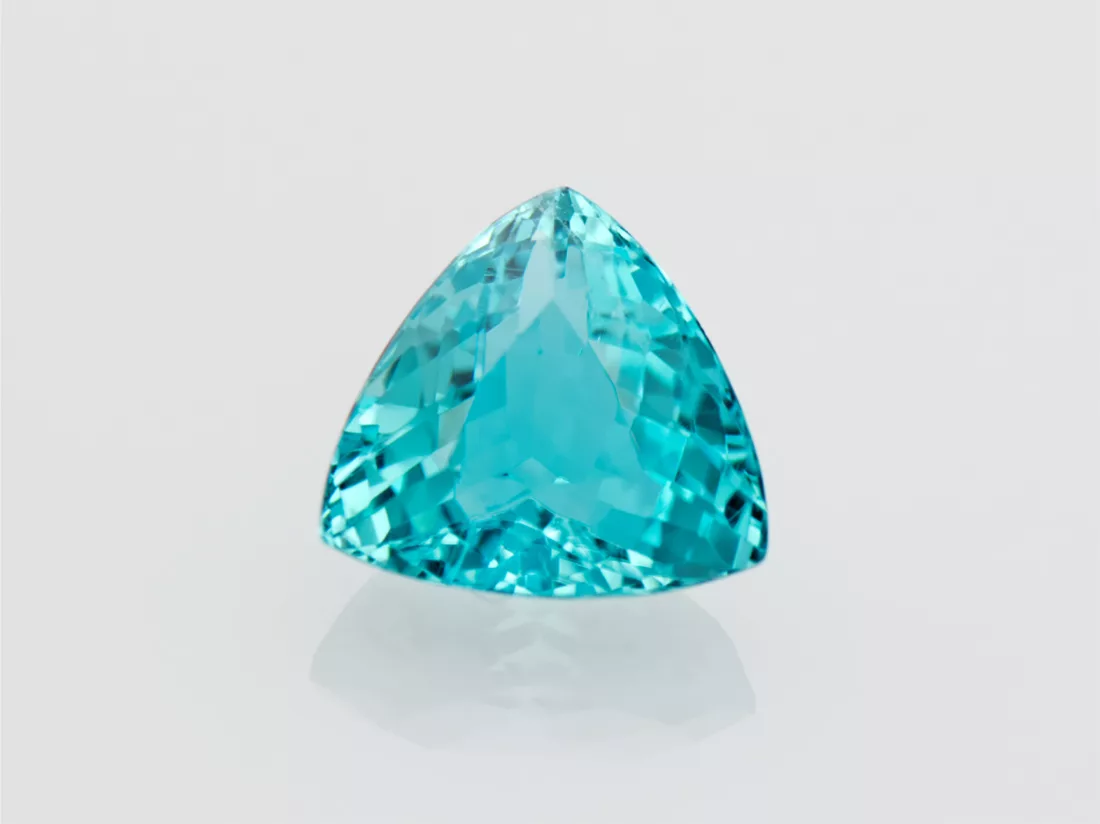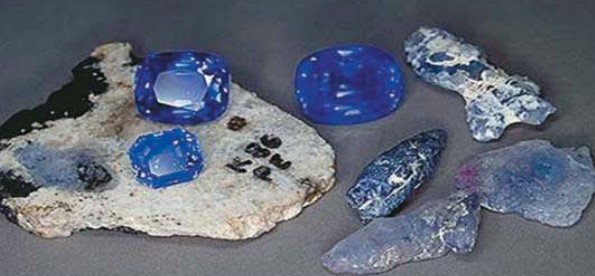
Canary tourmaline from Zambia
by Dr. M.S. Krzemnicki, first published in Facette 27 (June 2021)

Tourmaline is a mineral group of complex boro-silicates and is well known to produce gemstones in a wide range of beautiful colours. A specifically attractive variety is vivid yellow elbaite tourmaline, which owes its colour to manganese. Known in literature also as tsilaisite, this elbaite tourmaline variety goes in the trade with the name ‘Canary tourmaline’, a very fitting comparison to the yellow feathers of the canary bird.
In the past few months, we had the pleasure of examining two Canary tourmalines, both of exceptional purity. With a size of 19 ct, the larger of these two stones was particularly striking as its well-proportioned cutting style resulted in vivid reflections due to multiple internal reflections. In the trade, such a colour is also known as ‘electric’ or ‘neon’ yellow.
These tourmalines were first discovered in early 1982 in pegmatites in the Lundazi district of eastern Zambia. Since then, this area has produced only a rather limited number of gem-quality tourmalines (Schmetzer & Banks 1984, Shigley et al. 1986, Rossman & Mattson 1986). Most of these vivid yellow tourmalines are heat treated, which shifts their colour from brownish yellow to a more vivid slightly greenish yellow colour hue (Bank 1982, Shigley et al. 1986). As with other gem tourmalines, the detection of such heat treatment is often not straightforward, and more research needs to be done in future to establish more robust criteria to distinguish unheated stones from heated ones.
Considering, however, that heat treatment of these tourmalines is an established trade practice since many decades and the stability of the resulting colour, these Canary tourmalines are truly an attractive addition to the colourful realm of gem-quality tourmalines.


